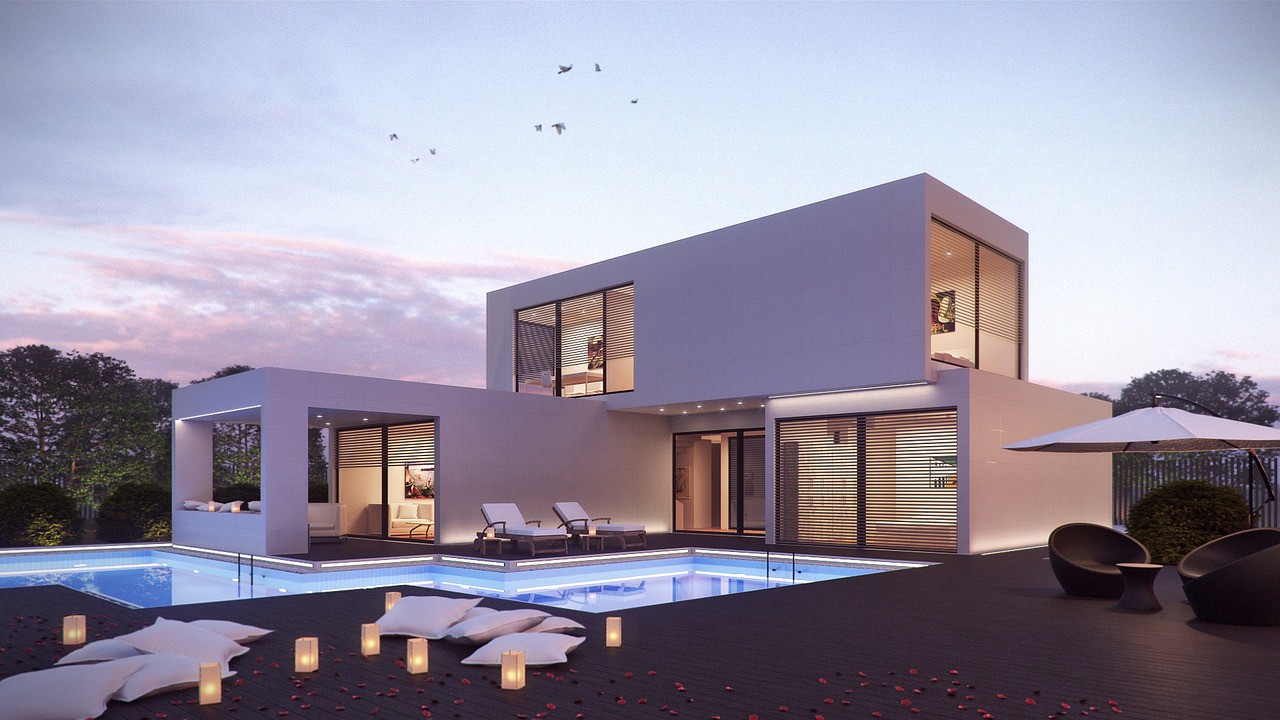Atmosphere strikes your character with unease. Consider the homagic.com that might be in your neighborhood. You know the one: It’s the house that pedestrians cross the street to avoid. It’s the house that high school students dare to spend a night, beyond the creaking doors to warily explore the strange whimpers within its indefinable shadows. Even though nothing tangible has actually occurred, your characters are afraid. This fear comes from the atmosphere: The setting that surrounds your house and your characters. Atmosphere is the mood, and that mood should haunt your readers long after the story is over.
So where do you begin? Creating a haunted house story is a frightening and daunting task. To make things easier on yourself, establish the date and time from the beginning of your story. If you write a prologue, begin the story with your date and time or, at the very least, give hints to the decade. Perhaps your character is listening to Disco Inferno just before a psychopath sets the house on fire. Perhaps your character is trembling in the shadows, her bonnet is drenched with perspiration and she’s praying for her lantern to stay lit long enough to be rescued. This not only establishes your setting, but also gives you a chance to add a bit of dimension and foreshadowing to your story.
Haunt Your Readers Using the Correct Word
Using the right word can also establish the setting in your haunted house story. Consider this sentence:
Beverly Harris walked into the house.
Not very creative at all. There’s barely a setting and the action is not very descriptive at all. Lets try another set of words:
Beverly, overwhelmed with incipient danger, crept through the doorway.
Better. Crept is a stronger description than the word walked. This is an acceptable description that readers would more likely enjoy. But couldn’t we write this sentence in fewer and more ominous words? I think we can:
The house consumed her.
Ominous, descriptive and simple. This causes the reader to feel discomforted; therefore, empathetic which should be your goal as a writer. To make your readers feel what your characters are feeling.
Location, Location, Location
Your haunted house is a character just like the rest of your cast. It should have a personality. It should draw your characters into it, much like a protagonist is hunting for a villain. It should have a personality and a history. Your protagonist wants something and your house wants something too. So what kind of personality does your house have? Consider the location. It could be a bayou mansion decorated in a French-Creole, or maybe it’s a simple two-story cabin in Washington State like in Stephen King’s Alan Wake. Perhaps it’s even more classical such as a fortified castle located on top of a sheer cliff above a sleepy village. Each of these houses should reflect its geographical location, and its personality should be revealed through the protagonist’s perspective. If your house could speak, would it have an accent? How would you show that? The décor? The architecture? The location of your haunted house defines its personality. Let it speak. Let it lure your protagonist back into its swampy tendrils.

More Stories
Cost Segregation Analysis – Tax Reductions and the IRS Position on Cost Segregation
Illuminating Brilliance: A Spotlight on Florida’s Top Architects
Belize Properties: A How To Guide in Choosing the Best Home Here in Paradise